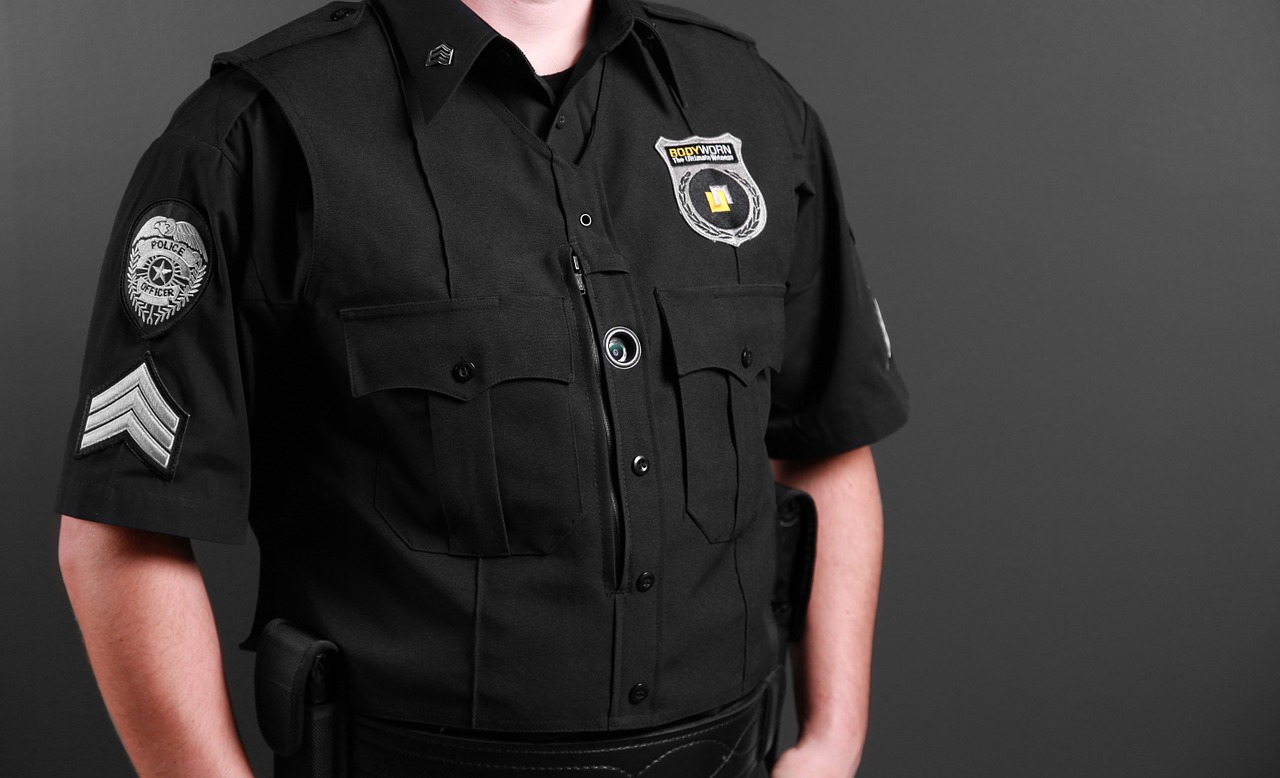ST. LOUIS – When the Ferguson Commission Report came out Sept. 14, it recommended various strategies to curb police overreach, lift a community out of poverty and work to mitigate racial tension after Ferguson police officer Darren Wilson killed Michael Brown in August 2014.
However, the report leaves out a significant change activists clamored for when the shooting first occurred: body cameras. Nowhere in the entire 204-page document does the commission suggest a plan for St. Louis County police officers to wear body cameras when on duty.
In fact, the word “camera” only appears four times in the entire document and never in relation to the adoption of their use by the department. One instance is used to describe a dashboard camera, one is used as an example to increase bandwidth, another mention describes how many police departments used body cams in 2013, and the final is used in a glossary of abbreviations for “body-worn camera” (BWC).
The only section that may allude to body cameras is the “Use Technology to Limit Use of Force” subsection on page 69 of the report. It says, “The State of Missouri shall promote technology and weaponry that utilize the least amount of force necessary so as to reduce the number of fatal police interventions; new technologies will be subject to the appropriate use of force continuum restrictions.”
Sgt. Kevin Ahlbrand of the St. Louis Metropolitan Police Department and president of the Missouri Fraternal Order of Police says the commission discussed adding provisions about body cameras but wound up leaving them out for a few reasons.
“It was discussed at length,” he said. “There’s two things that need to be addressed first, privacy issues and the cost. The actual hardware is not expensive, it’s the data storage is outrageously expensive.”
After the Columbia Police Department bought their 100-officer force body cams for $130,000, they have to pay a yearly fee of $40,000 just for digital storage. St. Louis’s force, not to mention the various police forces in St. Louis County, are much larger than Columbia’s. Ahlbrand said he had heard estimates the SLMPD would have to pay $10 million per year in virtual storage fees.
The other issue is privacy. Ahlbrand says under current laws, any footage could be requested under a Sunshine request. He gave an example of an officer responding to a domestic disturbance call at a home and the next morning a neighbor of the victim could request the body camera footage and release it to the public.
“I think I educated a lot of people about those two issues, and I think since a lot of police departments were going that way, there was nothing sinister about keeping that out,” he said.
Ahlbrand emphasized that the police union was not against the integration of body cameras, just that the legislature needed to offer bills that would mitigate those concerns.
While Ferguson officers now have body cameras, some within the community do not believe they are required to use them.

State Sen. Jamilah Nasheed, D-St. Louis, still sees them as an obvious need not only for Ferguson but for the surrounding communities in St. Louis County.
She said that idea is “one of the most important reforms that they could have recommended.”
“If you want to regain trust and stability with a community that is wounded, then that’s the best way to go,” she said.
Nasheed concedes certain kinks need to be worked out and that conversations can be had over certain reservations some officers have, including some measures that could expose victims of crimes
“The litigation, the lawsuits would drop drastically,” she said. “It would rebuild trust with the community.”
“Body cameras just don’t lie,” Nasheed added.
Research from some cities trends more towards Nasheed’s side of the argument, as well.
The San Diego Police Department found significant changes in how their department operated after mandating the use of body cameras. Complaints against officers fell by 40 percent, bodily force fell by 46 percent and police officers used their pepper spray nearly 31 percent less than before body cams became the norm.
PoliceOne, an organization that supplies information to law enforcement professionals, found in a national survey that 86 percent of police officers believed body cameras reduced false claims of police misconduct. Seventy-seven percent of those respondents also believed them to be a better alternative to dashboard cameras.
In Missouri, two Columbia police officers were cleared of wrongdoing in the death of Mark Adair after body cameras verified their testimony as well as the testimony of eyewitnesses.
And not everyone is convinced that body cameras are an effective piece of equipment anyway.

Jeff Roorda, a former police officer and executive director of the St. Louis Police Officers Association, believes the Commission may have made the right move in leaving language on body cameras out of the document.
“I can only assume that they’ve reached the same conclusion that people around the country have that have looked at these things,” he said. “It’s a very expensive proposition and there are other things we could be doing.”
Roorda believes the money spent on cameras could go to struggling school districts in the area or be used to fund summer jobs programs. He also doubts whether or not video evidence would be effective.
“The same people who were screaming for body cameras out there were in complete denial from the video of Michael Brown manhandling that store clerk when he was stealing cigarillos,” he said. “The problem with body cameras is it buys into this theory that confrontation like the one we had in Ferguson are something we can fix by changing the way police do things. When you look at these things, it’s not what the police bring to them, it’s what the other guy brings.”
The issue of overreach by police departments, especially in black communities, has become a national talking point since the Ferguson incident. The New York Police Department made national headlines for after officers were cleared of wrongdoing in involvement with Eric Garner’s death last year. Riots and protests broke out in Baltimore for the death of Freddie Gray after he sustained injuries in police custody. The officers involved in Grey’s death are currently being charged with various crimes, including manslaughter.








